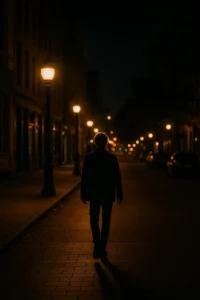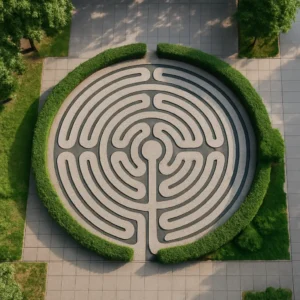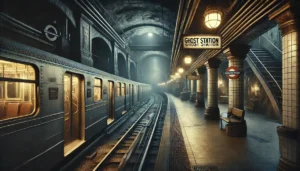Urban street art has evolved from a controversial subculture into one of the most powerful forms of visual communication in modern cities. Found on alley walls, overpasses, rooftops, and abandoned buildings, street art occupies public spaces with a bold voice. But what is it really — a form of artistic expression, a tool for protest, or simply colorful decoration?
The roots of street art can be traced back to graffiti movements in the 1970s, especially in New York City. What began as tagging — writing names or aliases with spray paint — quickly grew into elaborate murals and visual statements that claimed visibility in neighborhoods often overlooked by mainstream media and society. In this context, street art was both expression and protest: a cry to be seen and heard.
As street art matured, it became more than just names on walls. Artists began to use public space as a canvas for commentary on politics, identity, inequality, and urban decay. Murals addressing climate change, police brutality, consumerism, and war began to appear globally — from the streets of São Paulo to the walls of Berlin. In these works, the line between art and activism blurred completely.
One of the most famous street artists in the world, Banksy, built his entire career on this duality. His stenciled images often contain sharp social commentary — about capitalism, war, or government surveillance — and yet they are also sought after by collectors, ironically becoming part of the system they critique.
In cities like Bogotá, Lisbon, and Melbourne, street art is officially recognized and even funded. Walls become curated galleries where local and international artists are invited to paint, turning gray spaces into vibrant cultural landmarks. In these cases, street art becomes decoration, but with depth. It beautifies, but also reflects community identity, struggle, and pride.
However, not all street art is sanctioned. Unauthorized works are still created in the dead of night, under bridges or on train cars. These pieces are raw, fast, and emotional. They may not have approval, but they have purpose — speaking directly to the public, unfiltered. Some cities embrace this spontaneity; others criminalize it, leading to debates about ownership of public space and the legitimacy of unsanctioned art.
Street art also raises questions of temporality. Unlike works in museums, graffiti and murals are often short-lived. They fade, are painted over, or removed. But this impermanence is part of the message. Street art captures a moment in time — a protest, a mood, a story — and passes it on like a visual whisper through the city.
Technology and social media have taken urban art global. A mural in a small town can go viral within hours. Artists collaborate across borders. Hashtags and online maps guide tourists through city art trails. What once lived only in local streets now travels digitally around the world.
So, is street art expression, protest, or decoration? The answer is all three — and more. It’s a living dialogue between artists and the public, between the past and the present. It turns walls into voices. It invites you to stop, to look, to think. It’s rebellion wrapped in color. It’s beauty born from frustration. It’s art that doesn’t wait for permission.
In a time where public space is increasingly privatized, street art reminds us that cities belong to everyone — and sometimes, the walls speak louder than words.







